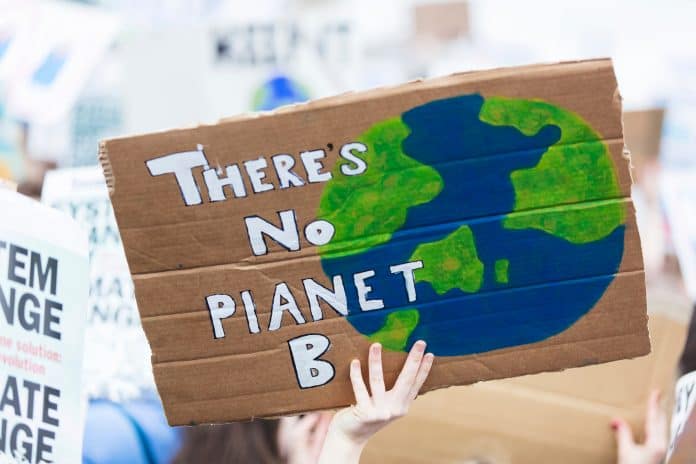 Tetra Pak has released a “market-first”, independently peer-reviewed comparison of the environmental impact of common packaging formats.
Tetra Pak has released a “market-first”, independently peer-reviewed comparison of the environmental impact of common packaging formats.
The new report, Life Cycle Assessment of Beverage and Food Packaging in Australia and New Zealand assesses formats such as cartons, PET bottles, rPET bottles, HDPE bottles, pouches, tin cans, glass bottles and glass jars.
The report reveals that the biggest contributor to carbon emissions is the source of materials used in the packaging.
Findings show that carton packaging has a climate impact of 51 grams – almost 12 times less than glass packaging (605 grams), 5.5 times less than PET (280 grams) and 3 times less than HDPE (164 grams).
Cartons performed the best in comparison to other formats of packaging because of its material efficiency (using less material).
“Food packaging plays a critical role in feeding the world’s population, but it’s causing problems for our climate,” says Managing Director at Tetra Pak, Andrew Pooch.
“Today, the global food system accounts for 26% of global greenhouse gas emissions.”
Mr Pooch continues: “As an industry, we need to start talking about minimising packaging impact from cradle-to-grave, if we are serious about sustainability.
“It is critical for the F&B industry to explore new ways of producing materials, addressing their embedded carbon, and promoting carbon neutral materials.”
Tetra Pak says that cartons have the potential to become the world’s most sustainable food package.
They say if we swap Australia’s pasteurised milk from formats like HDPE bottle, rPET bottles and PET bottles to carton, it would be the annual equivalent of taking more than 77,000 cars off the road.
To read the full report, visit the Tetra Pak website.


